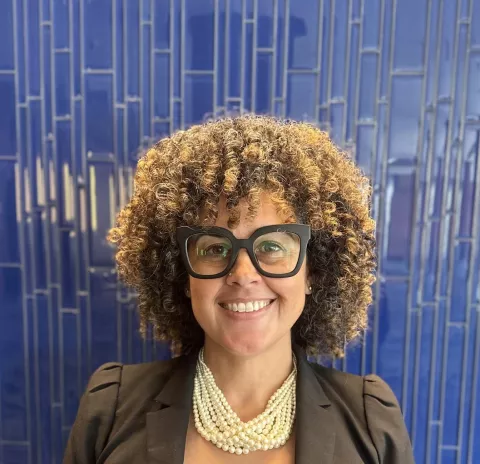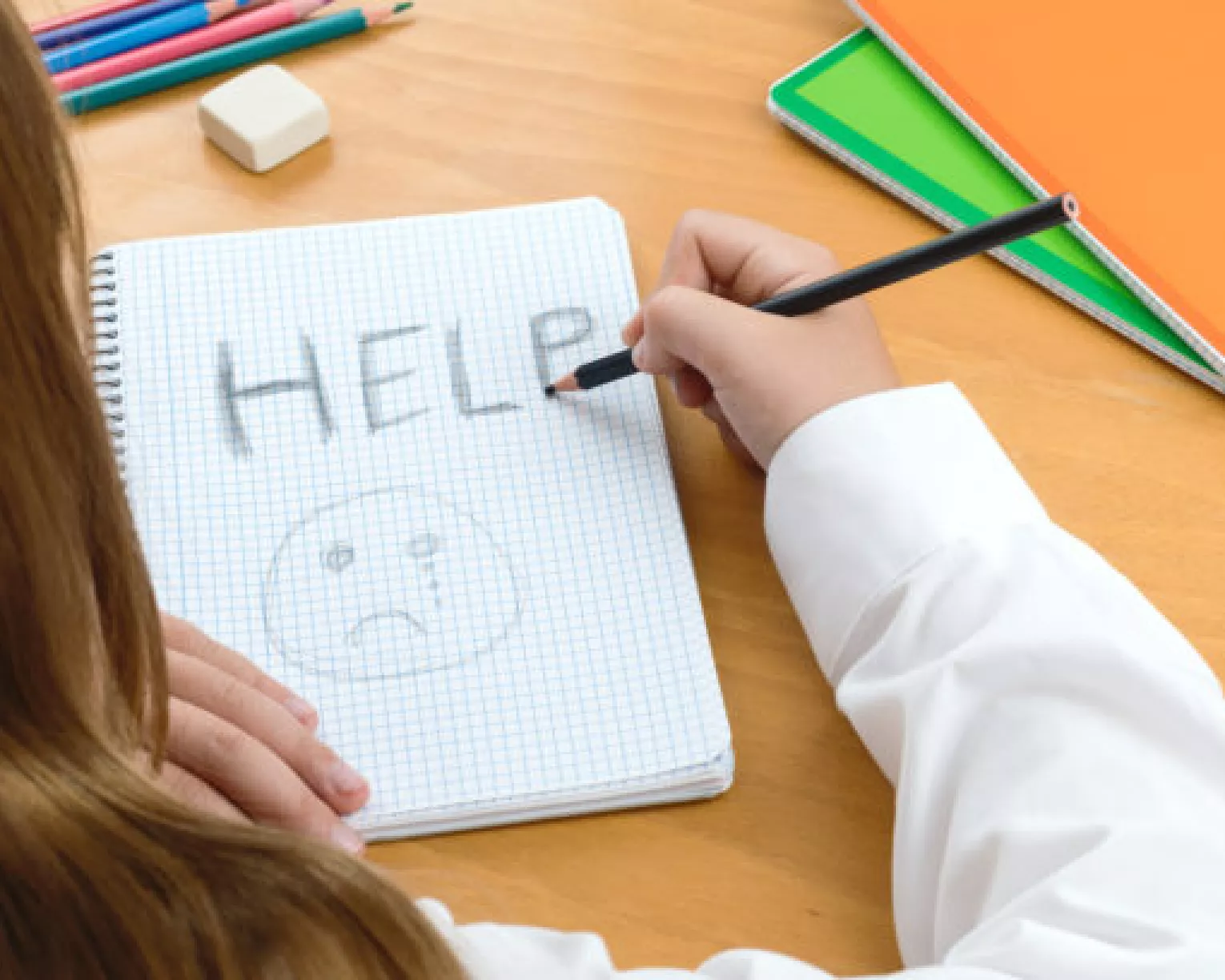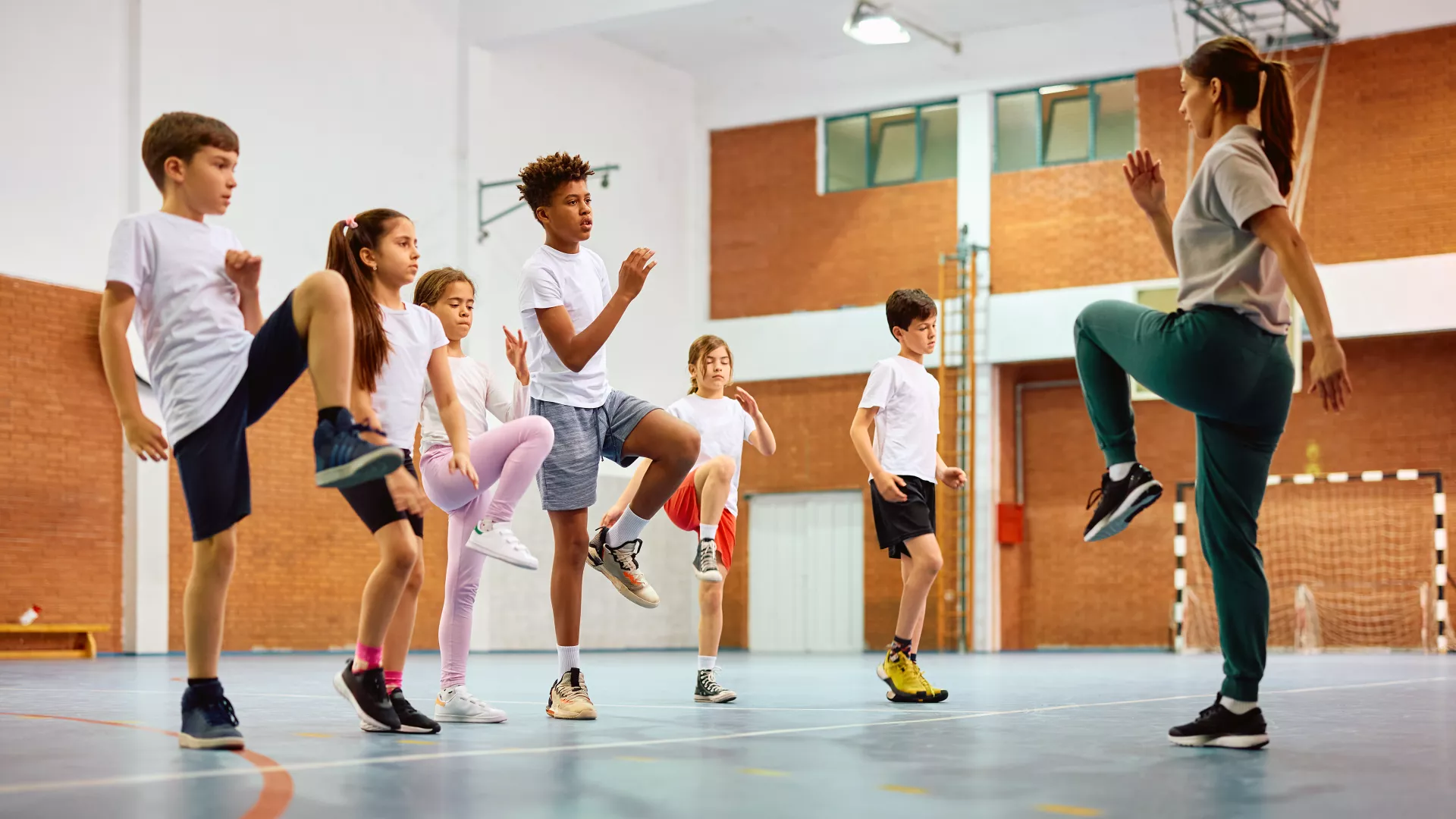Key Takeaways
- Kids learn early on that movement makes them feel happier.
- In PE, students develop new skills that build over time, increasing their confidence and mental health.
- The lessons of PE help students create lifelong habits that promote their well-being.
Physical Education (PE) is more than suiting up in gym clothes to run on a track, learning the basics of different sports, or participating in the presidential fitness test. It involves a lot of physical activity to be sure, but PE curriculum also includes mental, social, and emotional education.
“A successful PE program can literally change the way a school functions as a whole,” says Erika Mundt, a PE teacher at Iowa West City High School in Iowa. “PE involves cooperative learning, acceptance of yourself and others, learning to try new things no matter how good you are, communication, and problem solving.”

Mundt, who was the Society of Health and Physical Educators (SHAPE) America High School PE Teacher of the Year in 2018, says physical activity during the school day is essential for student mental health, especially coming out of the pandemic.
“I just hope that school districts and administrators take into consideration PE when they are trying to catch up with the pandemic,” says Mundt, “and realizing that cutting PE and cutting activity time isn’t the way to get students to learn more. PE is an efficient way to help kids learn more.”
They learn more, and stress less, says Cara Grant, president-elect of SHAPE America and PreK-12 curriculum supervisor for health, PE, and adapted PE for Montgomery County Public Schools in Maryland.
“As young as early elementary school, students discover how physical activity helps them feel better,” Grant says.
One of SHAPE’s sample lessons for elementary PE includes an emotional check in where students select an emoji that represents how they feel at the beginning of class and at the end. More often than not, kids who first selected a sad or tired emoji chose a happier and more excited one at the end of class.
“In younger grades, we ask students, ‘why are we moving? How does that help us when we don’t feel great? When you don’t feel great but go play at recess, you feel better. How does that apply to why we move?”’ she explains.
Part of SHAPE’s mission is to help students become physically literate so that PE is no longer just about getting kids to move “X” number of minutes per class.
Those lessons get more sophisticated as students get older, but good PE programs all instill a feeling of confidence and competence in movement rather than skill at a certain sport or athletic feat.

“We want students to challenge themselves, and learn about what their bodies are capable of no matter their ability or background,” Grant says. “We want them to explore movement, to feel more successful over time and know that they are growing.”
All of this, she says, benefits mental health because it builds self-confidence.
Quality PE programs, according to SHAPE’s standards, also promote positive personal and social behaviors, teaching students how to effectively communicate and resolve conflict. Kids learn to take turns, or agree on the rules of a game, for example.
Jim Hambel is an elementary school PE teacher in the Bronx, New York.
“I get to teach students valuable skills to stay healthy for lifelong activity” he says,
In 2022, Hambel’s school launched a CYCLE Kids program with a grant for fifth grade students to build bikes.
After building the bikes, Hambel leads the CYCLE program for his PE classes. Not only do they learn the mechanics of building their own machines, they learn how to to ride safely on the road, gaining confidence that leads to more children biking to school.
Learning a variety of aspects of physical education -- like building your own bike -- teaches students to how to be resourceful, mindful, and healthy.

“PE helps students understand by using critical thinking. PE is great at that because we are teaching them how to work with others, be safe, and understand the mechanics of skills – the why, the what, and the how,” says Hambel.
Mental practices such as positive affirmations and positive self-talk are necessary when learning a new activity and pushing past initial challenges. Becoming intermediate or advanced in activities requires practice and making mistakes while learning.
“In PE, we celebrate all achievements, and make the class environment an enjoyable place where all kids feel welcomed,” says Mundt.



